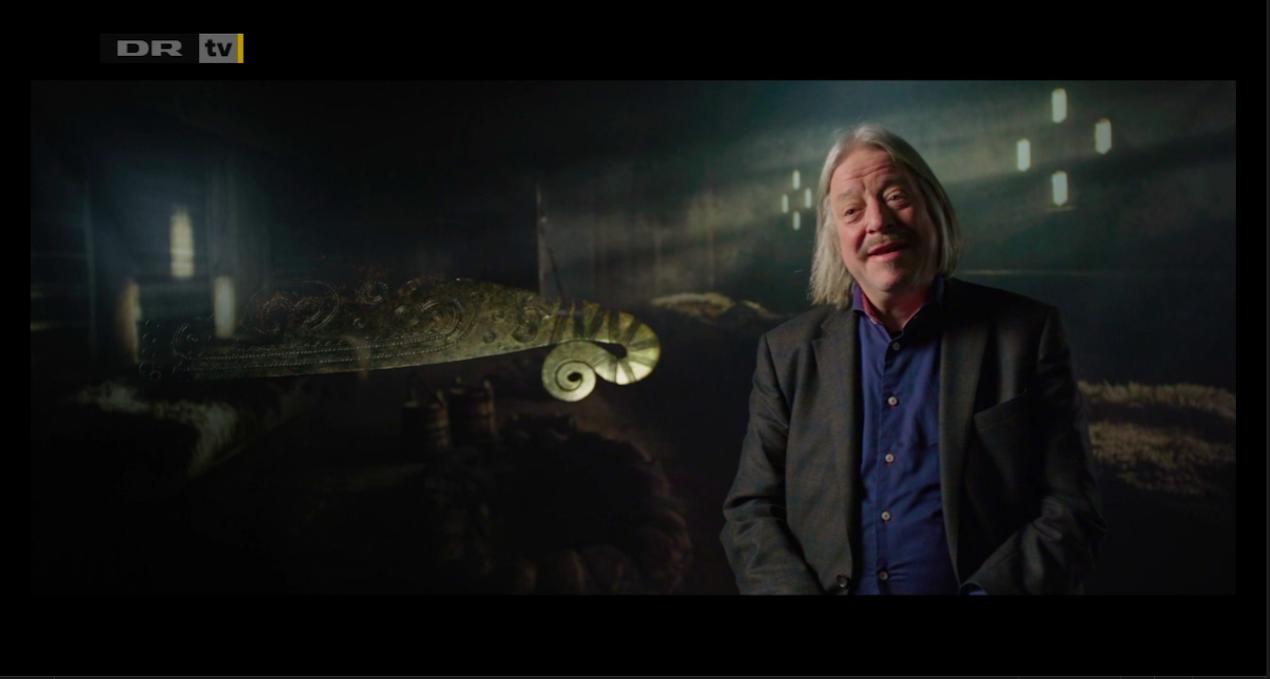Introduction
Purpose of the website
The goal is to tell what the Als Boat is. Where it's from. When it's from. When it was found and by whom.
Also tell about our approach to building a credible copy / reconstruction of the Als Boat, as well as a collection of technically capable people can do it. We are not trained in wood crafts. We have no one educated in the sciences of history or archeology; we consider ourselves working with experimental archeology.
The knowledge we have built the copy of the Hjortspring boat from was collected in the period from 1991 to 2003 from the, then, available sources, written as well as personal via our contacts with researchers from various universities and museums. Where this knowledge has not been sufficient, we have "filled in the gaps" ourselves.
All articles have source citations, including page citations, where relevant.
Website texts
The items in the menus Hjortspringfind and Reconstruction which has as source citation: Hvad Haanden former er Aandens Spor, is based on the manuscript for this book.
Therefore, this section will not be updated in terms of content.
This is only documentation of our work until 2003.
The structure of the book is not slavishly followed here.
The book was published in 2003.
Since 2003, experiments and changes have been made as a result of these experiments. This can, perhaps, be found in the menus Nyhedsbreve (in Danish only) or The activities of the guild , which correspond to current and future maintenance work.
Comments can be sent to the Webmaster, where this is stated. These comments will be forwarded to the author if possible.
Where and when relevant, new research will be referenced.
Our work with the Hjortspringfundet has been appreciated by the scientific staff from the National Museum.
One of them has written the preface to our book.

Flemming Kaul
Dr.phil., museum inspector at the Danish National Museum
Senior researcher
The prehistoric period of Denmark and the Mediterranean countries.
Image: From DR's TV broadcast: History of Denmark .
When the copy of the Hjortspring boat - Tilia Alsie - was launched on 5 June 1999, the great work of recreating the oldest plank-built boat in the Nordic countries was completed. The members of Hjortspringbådens Laug had succeeded through skill and purposeful work in achieving what they had set out for a few years earlier. The day Tilia was launched into the water and appeared in its proper element for the first time, then we who witnessed it knew that the work had fully succeeded. Later in the day I had the opportunity to paddle the boat together with Hjortspringbådens Laug. It was an exciting experience, and by the way easier than I had thought. Tilia glided so beautifully through the water.
Although the work of building an exact replica of the Hjortspring boat was completed, there was still much to do. Now the boat and its properties had to be tested. Now we had to work with experimental archeology. Hjortspringbådens Laug was part of a close collaboration with the National Museum's Marine Archaeological Research Center and the Viking Ship Museum in Roskilde as well as Denmark's Antiquity at the National Museum in Copenhagen. It has been extremely fascinating for the person writing these lines to be allowed as a paddler to participate in some of the test sails. But it has been just as exciting to follow these sailings when a crew of trained paddlers has taken over. The construction of Tilia and the test voyages have provided invaluable material for understanding the high state of shipbuilding more than 2,000 years ago. But not only that. Tilia and Hjortspringbådens Laug have been able to contribute to a greater understanding of the pre-Roman Iron Age as a whole.
It became clear that if you were to get a full impression of the Hjortspring boat's sailing characteristics, then it was a good idea to get some experienced paddlers involved. Contact was made with an elite sports team, which in competitions around the world has marked their class. Namely, a firmly cohesive team that paddles the East Asian dragon boat, which shares certain characteristics with the Hjortspring-Boat. With this team on the tofts, it became clear that the Hjortspring Boat could easily handle harsh weather in open sea. This is quite an important realization, for it shows that the crew of such a boat or ship could be surprised by severe weather without having disastrous consequences. The Hjortspring-Boat was not only intended for sailing in calm waters. Of paramount importance is also that Tilia in good weather conditions with this elite sports team at the paddles could sail almost 50 km in just five hours. In other words, a day trip with a Hjortspring boat or a small fleet of these ships can be assumed to be about 100 km. This recognition gives us new opportunities to understand the Hjortspring find as a whole, a war booty offering with an army equipment that testify to the war and unrest in the Pre-Roman Iron Age. The mobility in the Nordic countries - also by military operations - must have been great. A landing craft or mobile army could reach over longer distances and faster than previously thought.
We have not only gained invaluable information about Hjortspring Boat applications, maneuverability and performance in general. In many respects we have come closer to antiquity. Tilia has contributed to a better understanding of communication, traffic, social, cultural, political and military conditions in the pre-Roman Iron Age in Northern Europe. Many questions can be answered and new questions can be asked. Step by step, Hjortspringbådens Laug has helped to uncover new layers around the distant pre-Roman Iron Age.
Flemming Kaul
Museum Inspector,
Danish Prehistoric Period, National Museum.
- This article is a compilation of Ib Stolberg-Rohr. Feel free to post if you have any comments.




